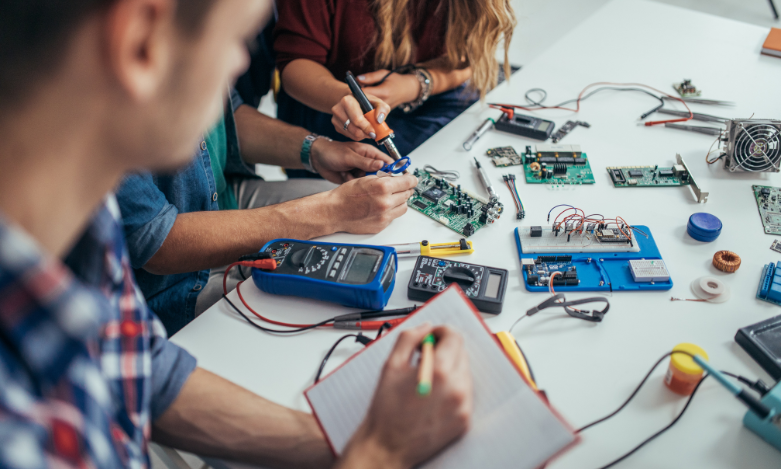Control System for Ocean Remote Explorer using Single-Board RIO and LabVIEW
- Jan 6, 2023
- 3 min read
Updated: Jan 14, 2024
Developing the Control System of an Ocean Exploration Rover

Since 1960 Remotely Operated Vehicles (ROVs) have played a crucial role in oceanic exploration. Not only capable of advanced robotics, ROVs are able to collect deep-sea data without affecting the health and behavior patterns of marine ecosystems. Marine rovers are an indispensable tool in ocean exploration.
It was with a bit of urgency that a world-renowned oceanic research institution approached us concerned about the future of their ROV. Their device ran on a Compact FieldPoint (cFP) control system, which was obsolete and could no longer be replaced or repaired. With their vehicle constantly in use, there was a high risk of a future failure resulting in a very long time out-of-service. The upgrade would have to be confidently managed with limited access to the ROV, and the plan was put into place to begin without delay. For this application, the NI Compact-RIO (cRIO) combined with our installation methodology was decided as the best hardware and course of action.
To migrate LabVIEW code from an obsolete cFP to a high-speed cRIO is not an easy task, especially when it concerns an ROV that is difficult to test and is not available for development. In fact, even under normal circumstances, surprises often arise when companies try to migrate control software and hardware themselves. After meeting with our engineering team and learning how to not only migrate LabVIEW code but understand what the code is doing and why it's doing it, encouraged this oceanic research agency they picked the right people for the job.
Our team was allotted 80 hours to modify their embedded code and deploy it onto the ROV's new Compact-RIO. On top of that, we were also asked to modify their top-level Graphical User Interface (GUI) for their Windows computer. All this was successfully completed in under 60 hours. In collaboration with the client, we decided to utilize the remaining time by having our software team clean up and streamline any code deemed inefficient.
During the control software and hardware migration, it became clear that the customer had some additional needs that could be met. These included software control and data acquisition features that were never improved over time rendering some of the ROV’s sensors obsolete. Since the sensors were compatible with the existing wiring and control I/O modules, we were likewise able to achieve their migration to a new control system. Since the project had gone so well already and the code was being edited, the choice to add an additional feature could be handled easily. However, the architecture of the code was not compatible with having more signals collected and was not able to handle certain states, which required an in-depth re-architecture. With just another 60 hours, our engineering team was capable of programming the architecture with the flexibility it required for the future.
Overall, we were able to migrate the client’s LabVIEW code and control system architectures from their compact FieldPoint system to a modern CompactRIO system. This has benefitted the high-speed I/O and communication capabilities of their ocean ROV as well as prepared them for future flexibility needs. From the project’s conception to its end, we were able to provide the customer with the changes they needed within their budget and timeline to ensure the continued function and improvement of their oceanic rover.




